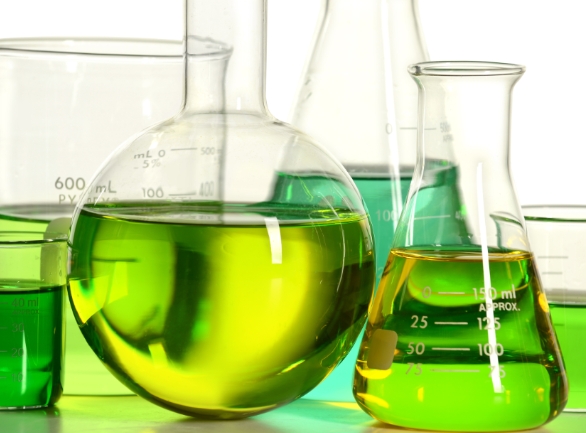
Chemical reactions and biological reactions are fundamental processes that drive the functioning of the natural world. While both involve the transformation of substances, they differ significantly in their mechanisms, participants, and outcomes. In this article, we will delve into the intricacies of chemical and biological reactions, exploring their unique characteristics, applications, and the impact they have on various industries. Join us on this enlightening journey as we unravel the distinction between these two fascinating realms of scientific phenomena.
- Understanding Chemical Reactions:
Chemical reactions involve the rearrangement of atoms and molecules, resulting in the formation or breaking of chemical bonds. These reactions occur due to the interaction between different chemical substances, often facilitated by external factors such as temperature, pressure, or the presence of catalysts. Chemical reactions are governed by the principles of thermodynamics and kinetics, which dictate the direction, rate, and energy changes associated with the reaction.
1.1 Types of Chemical Reactions:
Chemical reactions encompass a wide range of processes, including synthesis, decomposition, combustion, oxidation-reduction, and acid-base reactions. Each type has distinct characteristics and applications across various industries. For instance, synthesis reactions are crucial in the production of pharmaceuticals, polymers, and fertilizers, while combustion reactions power engines and generate energy.
1.2 Industrial Applications:
Chemical reactions play a pivotal role in numerous industries, including pharmaceuticals, petrochemicals, materials science, and environmental engineering. They are instrumental in the synthesis of drugs, the production of plastics and synthetic fibers, the refinement of petroleum, and the treatment of wastewater. Understanding chemical reactions enables scientists and engineers to design efficient processes, develop novel materials, and mitigate environmental impacts.
- Exploring Biological Reactions:
Biological reactions, also known as biochemical reactions, occur within living organisms and are essential for their growth, metabolism, and reproduction. These reactions are mediated by enzymes, which are biological catalysts that facilitate specific chemical transformations. Biological reactions are highly regulated and occur under mild conditions, allowing for the efficient functioning of biological systems.
2.1 Metabolism and Energy Conversion:
Biological reactions are central to metabolism, the set of chemical processes that sustain life. Metabolic reactions involve the breakdown of complex molecules (catabolism) to release energy and the synthesis of new molecules (anabolism) for growth and repair. Through processes like cellular respiration and photosynthesis, organisms convert energy from one form to another, ensuring their survival and growth.
2.2 Applications in Biotechnology and Medicine:
Biological reactions find extensive applications in biotechnology and medicine. Enzymes are utilized in various biotechnological processes, such as DNA manipulation, protein production, and fermentation. In medicine, understanding biological reactions is crucial for drug development, disease diagnosis, and personalized medicine. Techniques like polymerase chain reaction (PCR) and gene editing rely on the principles of biological reactions.
- Bridging the Gap: Chemical and Biological Reactions:
While chemical and biological reactions are distinct, they are interconnected in many ways. Biological reactions often involve chemical transformations, and understanding the underlying chemical principles is vital for comprehending biological processes. Moreover, the knowledge gained from biological reactions can inspire the development of new chemical reactions and catalysts, leading to advancements in various industries.
Conclusion:
Chemical reactions and biological reactions are two captivating domains of scientific exploration. Chemical reactions drive the synthesis of materials, energy production, and environmental remediation, while biological reactions sustain life and enable advancements in biotechnology and medicine. By understanding the distinctions and synergies between these realms, scientists and engineers can unlock new possibilities and contribute to the progress of diverse industries, ultimately benefiting society as a whole.







